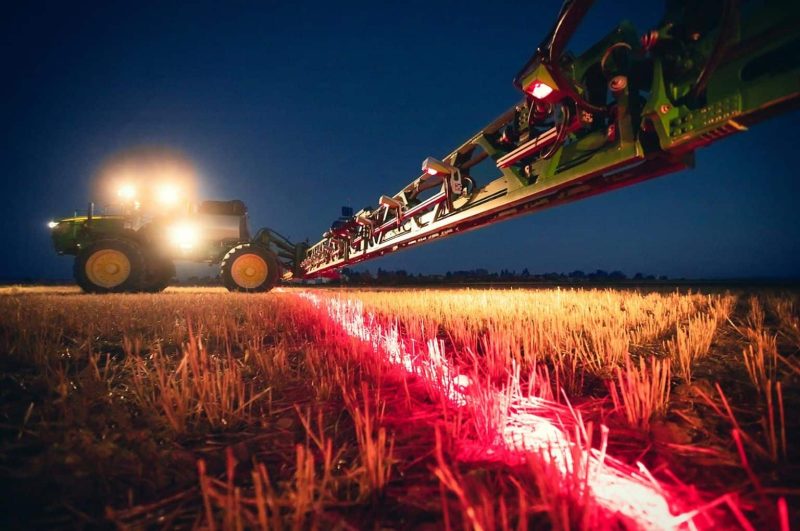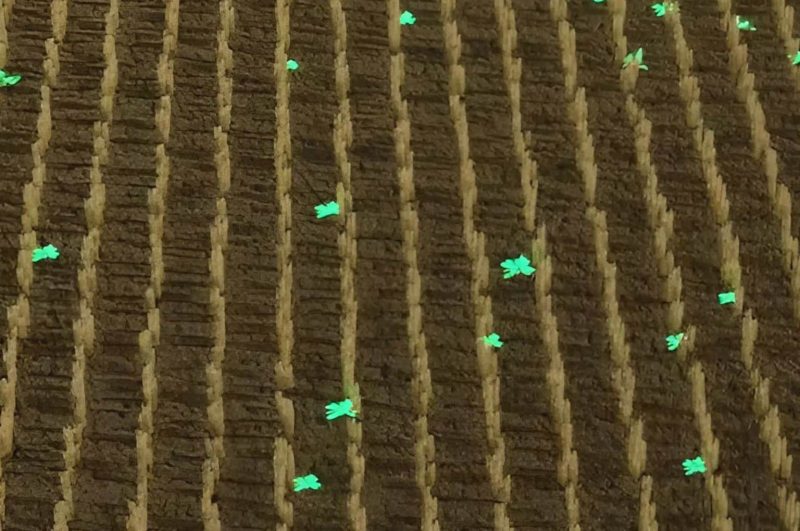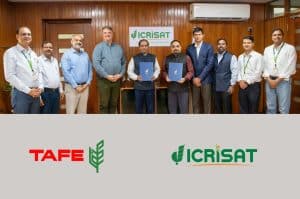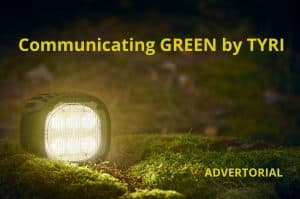Twenty-five years ago, Roel de Jonge from the Netherlands introduced Weed-IT spot spray technology. This gave farmers the ability to save drastically on herbicide costs to maintain their fallow land, as well as bettering the environment. What holds Weed-IT apart from other spot spray technologies? The power of fluorescence!
By Aelin Herrington, Agritech America
Fluorescence is the property of absorbing light of a short wavelength and emitting light of a longer wavelength. Weed-IT takes the natural light absorption properties of chlorophyll to detect weeds and plants. Weed-IT sensors emit a short wavelength of red light which is partially absorbed by chlorophyll and then detects the longer wavelengths of infrared light reflected by chlorophyll. In essence, by using fluorescence the plants appear to glow to the Weed-IT sensor detecting the smallest of weeds day or night.
Fluorescence is a simple process, and simplicity equals accuracy and reliability. Weed-IT has a 95% accuracy rate in detecting chlorophyll in amounts as small as a US quarter. It also does not require frequent software updates as it is simply looking for chlorophyll. There is a one-time calibration at the time of installation and that’s it.
Fluorescence allows for versatility in chemical applications. Weed-IT is most known for its herbicide applications on chem fallow ground, but it has also been used for a variety of top dress applications. Since it only detects infrared light reflected off chlorophyll, it will only apply chemistries to individual plants. Customers have used the power of fluorescence for desiccation, defoliating cotton, top dressing sunflowers, lettuce plants, and cucumber plants.

![RightSpot Ad Template Digital-1400×190-px[76] Ag Leader RightSpot](https://world-agritech.com/wp-content/uploads/elementor/thumbs/RightSpot-Ad-Template-Digital-1400x190-px76-r316mmc0hgoob9qxmklllnnbxta1nlj7t2vjkoyeek.png)









